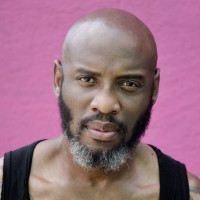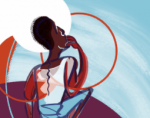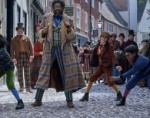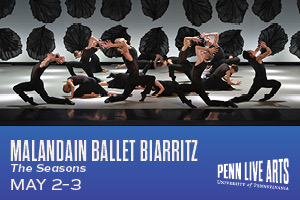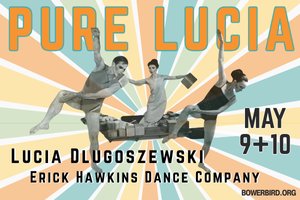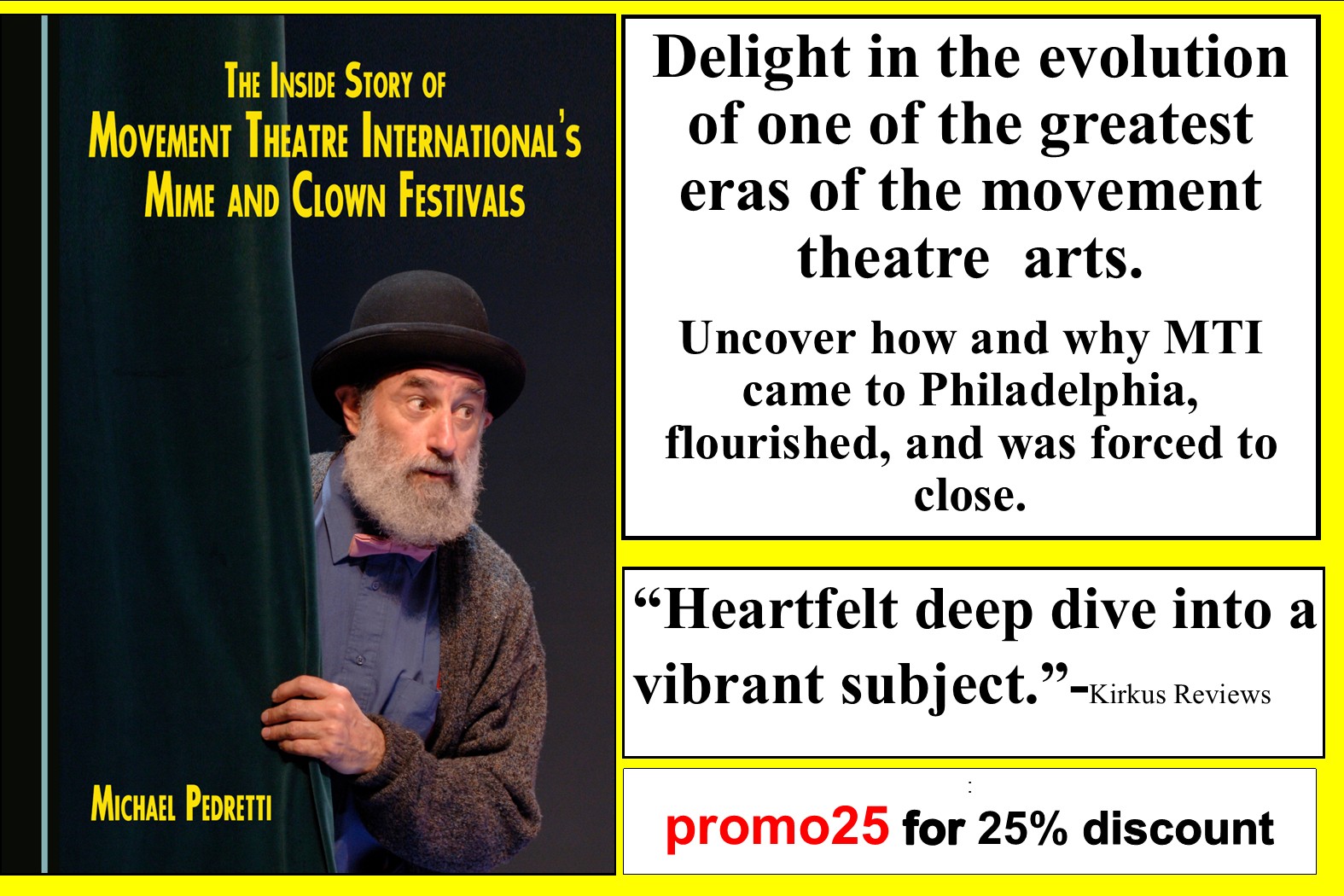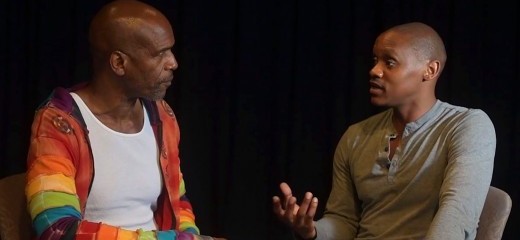
Affirming Black Dance … Unapologetically: An Interview with Kevin Iega Jeff
by Gregory King
In a recent conversation with a colleague about aesthetics that are devalued, and bodies that are often overlooked, I remember searching to understand the basis for the claim she made arguing that Black Dance should not be a “thing.” She was adamant that since there was no “white dance,” the notion that there is a need to affirm Black Dance does more harm than good, as it situates itself in the promotion of separation. I remember thinking this would be true if dance genres like ballet and modern dance were not viewed, experienced, and analyzed through the lens of whiteness. Even jazz forms, which are rooted in Africanist aesthetics, are beginning to be netted by whiteness … don’t believe me? Watch the Oscar-nominated La La Land!
Knowing that Chicago-based Deeply Rooted Dance Theater was set to perform INDUMBA, a work by South African Fana Tshabalala, at The Brooklyn Academy of Music later this month, I felt compelled to ask Kevin Iega Jeff, artistic director of Deeply Rooted, his perspective on Black Dance, the relevance of the black dance aesthetic, and the importance of cultural traditions.
Gregory King: Tell me about your company Deeply Rooted Dance Theater.
Kevin Iega Jeff: Deeply Rooted was born in part out of the JUBILATION! Dance Company Continuum, the company I founded in New York in 1982. At that time JUBILATION! had run its course, because I lost my artistic partner, booking agent, and board chair to the AIDS epidemic within a three-year period, making it far too taxing for the organization to continue. After JUBILATION!, while freelancing as an artist I was approached by Joseph Holmes Chicago Dance Theater, because their founder had passed away during that same period. So they were a company in search of a leader. It worked well enough for a year but I soon found out there were different values around why the company and work existed. The lack of alignment made it difficult [for me] to build and thrive, so I left Joseph Holmes and co-founded Deeply Rooted with Gary Abbott, Linda Spriggs, LaVerne Alaphaire, and Diane Shober.
GK: How did your training prepare you for the work you’ve done and continue to do with Deeply Rooted?
KIJ: I had great training at the Bernice Johnson Dance Studio (BJ) in Jamaica, Queens, NY.
What was so fantastic about that studio was that the environment was unapologetically African-American affirmed. I also trained at the High School for the Performing Arts and Juilliard, institutions that weren’t necessarily African-affirming, but my experiences at these institutions was made richer because I was grounded in my black-ness from being in an environment like BJ’s. Because of that experience, Deeply Rooted is committed to supporting everyone with the company in living their truth, and letting that shared truth help shape the organization.
GK: What are your thoughts on the current state of Black Dance and the Black Dance aesthetic?
KIJ: Black dance is evolving as it must in a world of relative joy, injustice, and inequity. It [Black Dance] exists on the spectrum of powerful coherence and misguided intentions. Black Dance has long been informed by people who fund it, and the social and aesthetic values that shape their support. Within the hierarchy of Western dance, Black Dance is often relegated to the bottom.
As black consciousness ebbs and flows, so does Black Dance. Therefore Black Dance succeeds and fails—and that’s okay, since all dance should also be about discovery. Black Dance makers are not monolithic, and create through spiritual, political, and economic implications. Some dance makers thought we were further along, making Black Dance irrelevant, but with current racial diminishment, many are challenged to rethink that position.
GK: How do you respond to those who glibly say Black Dance needs to evolve?
KIJ: I think all dance needs to evolve. Ballet needs to evolve. It's interesting because I'll go to a ballet performance, and it is assumed and expected that Ballet classics are outstanding and they should be upheld … at all costs. In contrast, you hear people say they don’t want to see traditions when it comes to the repertoire in Black Dance companies. I was having a conversation the other day with someone who said they didn’t want to see Revelations anymore, and I pushed back asking “why?” And their reason was that they just wanted to see something new. As audience members, we have a right to desire what we wish, but tradition is also important. So I appreciate a balance between tradition and innovation.
GK: How does your company continue to affirm blackness?
KIJ: By being educated about the diaspora of African history and influence. Also by inspiring the pursuit of spiritual intelligence. When I trained at Bernice Johnson Dance Studio, part of the learning environment fostered the understanding that what our ancestors left us had value. Our Kemetic Ancestors specifically knew that we would go through a period where our history would be usurped and misrepresented. They knew that our consciousness would become challenged, and that we would suffer through the hatred and ignorance of brutal systems. They knew we would need a roadmap to our awakening over time, and that time is upon us. My teachers at Bernice Johnson spent a lot of time helping us understand our history through the arts, through dance, giving us the tools to recognize how to access that history by recognizing those historic and spiritual roadmaps. So part of my job as an artist is to engage communities, audiences, and artists in that conversation.
GK: So before we wrap up, tell me about INDUMBA, your latest project.
KIJ: In 2013, Deeply Rooted, with support from the Department of State, started a three-year cultural exchange with Flat Foot Dance Company in Durban, South Africa. As part of the exchange we performed and completed residency activities in the townships. One evening I witnessed INDUMBA, a choreographed work inspired by the unresolved issues in the aftermath of South Africa’s apartheid. Many South Africans felt as though too much was given away under Nelson Mandela’s leadership, and issues of economic equality, land ownership, and business structures which are still white-ruled have not shifted and still haunt them. Choreographer Fana Tshabalala crafted a ritual whereby the dancers really had to surrender to the values of the piece and how that connected to contemporary society. The piece blew me away. And while the piece is highly structured choreographically, it is also highly improvisational. In order for the piece to work, the dancers must surrender to the authentic moments and allow their bodies to be used by the ancestor as a vessel to communicate. Yes, this is a piece inspired by human atrocities upon African people, yet it transcends humanity as it surely affirms Black Dance.
INDUMBA, Deeply Rooted Dance Theater, Brooklyn Academy of Music, April 28 – 29, 2018
By Gregory King
April 26, 2018

